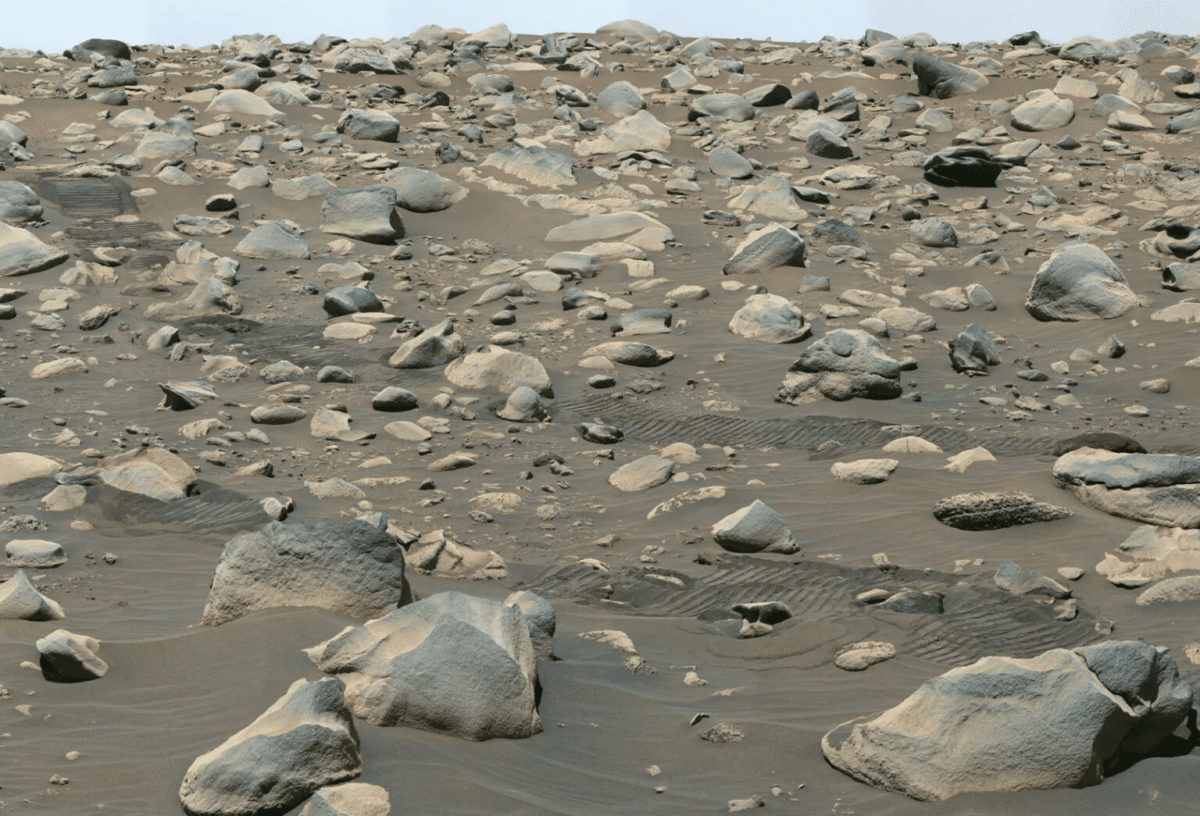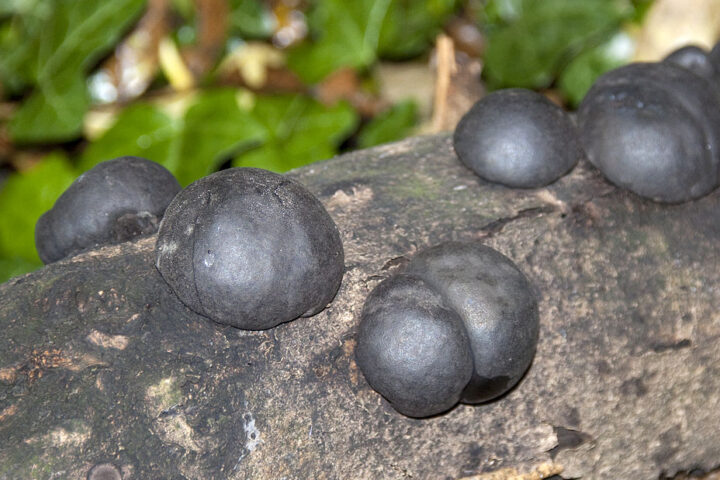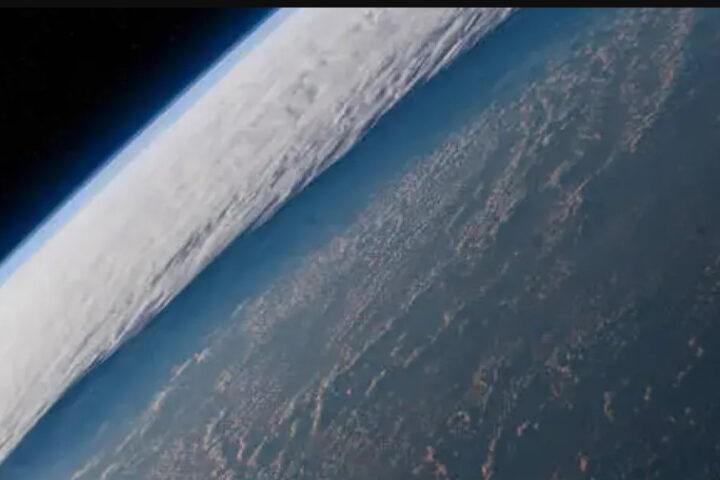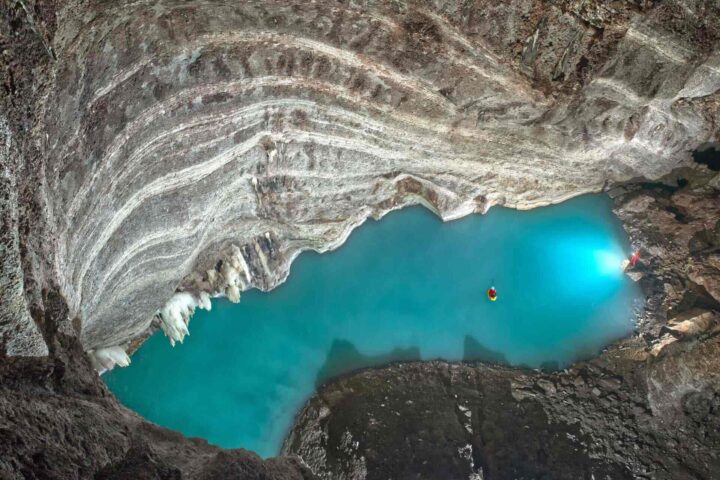In our cosmic neighborhood, the fourth rock from the Sun, Mars, exudes an arid, desolate vibe. Recent revelations by NASA’s indomitable Perseverance rover, however, suggest an intriguing wet past. The rover’s latest exploration of Mars’ Jezero Crater discloses evidence of potentially vast amounts of water.
Ancient Martian waterways are no longer figments of scientific conjecture. The rover captured images of an expansive field of large boulders, likely displaced by water flow akin to Earth’s rivers. NASA posits that the substantial size of these rocks indicates powerful currents of a depth greater than previous findings. However, these currents are not relics of a recent era but whispers of a past billions of years old.
The distinctive bends of these ancient Martian rivers raise questions that tease planetary scientists. Did they mirror the sinuous trails of the Mississippi or were they reminiscent of the braided patterns of Nebraska’s Platte, riddled with sedimentary islands called sandbars? As we grapple with the traces left by these bygone waterways, we are reminded of the metamorphosis of the Martian landscape.
Similar Post
Poring over these traces of immense Martian hydration, one ponders the tantalizing question: could life, however primitive, have existed amidst these Martian waterways or subterranean niches? This query fuels one of Perseverance’s primary tasks – to hunt for signs of archaic microbial existence. To that end, the rover is amassing Martian rocks and regolith, remnants of a bygone era.
“These detections are an exciting example of what SHERLOC can find, and they’re helping us understand how to look for the best samples,”
Sunanda Sharma, NASA’s Jet Propulsion Laboratory in Southern California
The quest for Martian life is no simple task, however. The rigorous standard of proof demands concrete evidence of life beyond our home planet. The rover’s current findings present organic materials reminiscent of Earthly life but lack definitive proof of past cellular structures. This forms a celestial puzzle for which we still seek the missing pieces.
Perseverance is equipped with SHERLOC, a device adept at discerning the chemical composition of Martian rocks. It directs an ultraviolet laser onto the rock, assessing the way the light is absorbed and emitted – a technique offering a spectral “fingerprint” of various molecules. This method provides valuable insights into the environment that forged these rocks. Yet, could the presence of these organics hint at past life forms?
“We see a set of signals that are consistent with organics in the data from Quartier,..that grabbed everyone’s attention.”
Sunanda Sharma, NASA’s Jet Propulsion Laboratory in Southern California
As the rover diligently combs through the Martian terrain, the collected samples are set to travel home, destined for an Earthly lab. In partnership with the European Space Agency (ESA), NASA plans to launch a mission to retrieve the samples. Would these enigmatic pieces of Mars confirm our speculations? Or would they fuel more questions?
Our understanding of Mars has been transformed from an arid expanse into a planet once abounding in water. Now, we stand at the precipice of potentially discovering evidence of ancient life, a testament to the perseverance of our interplanetary exploration.


















